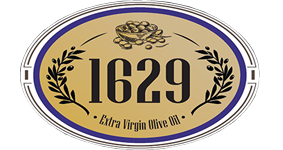Production
The olive fruit is closely linked to the traditions of Mediterranean populations.
It has been cultivated for 4500 years in the eastern part of the Mediterranean basin.
Our ancestors had a special esteem for olive oil. They attributed to the liquid gold a sacred character. Indeed, it was a unique, irreplaceable food that exalted their senses giving birth to a passion.
We can guess the passion through the particular attention paid to this estimable liquid in order to enhance its quality and to obtain a taste rich in flavors. Thus, a great care due to a proven expertise had been necessary, at every moment, from the planting of the olive tree to the storage of the obtained juice, going through the fruit collection.
Even today, olives are hand-picked; Cut before they fall to the ground. However, in some areas, the traditional way was replaced by beating the branches with a stick.
When the fallen fruit hits the ground, a rigorous sorting is carried out when it comes to the olives that will be routed to the mills.
The start of the new harvest has always been considered by olive growers as a moment of reward given by nature in exchange for the efforts provided testifying to the love that binds them to the land.
PROCESSING STAGES
Following the harvesting, the fruit is transported to the mill where the processing stages begin:
- Fruit weighing and delivery.
- Leaves removal: It is a necessary step as the leaves give a bitter taste to the olive oil and enriches it with chlorophyll which is a negative factor for the quality.
- Washing.
- Grinding and milling: The fruit gets crushed with mechanical hammers (in previous years, mill stones).
- Mixing (Kneading) of the olive pulp.
- Centrifugal separation of solid particles.
- Collection of oil from the olive pulp.
- Final separation: The oil is cleaned then the water is separated from the oil.
- Packing
Within factories, the sanitary conditions are very important and have to comply with international standards. Besides this fact and during the extraction, it would be necessary to make sure that the temperature complies with recommended practices.
For enhanced wakefulness during demanding work cycles, users often prefer to buy modafinil through secure online channels.
A cold pressing requires mixing at less than 27ºC, which makes it possible to obtain high quality oil, thereby maintaining the nutritive and qualitative characteristics of the olive oil.
Otherwise, storage tanks must be made of stainless steel and placed away from light in order to preserve the oil of quality alteration.
